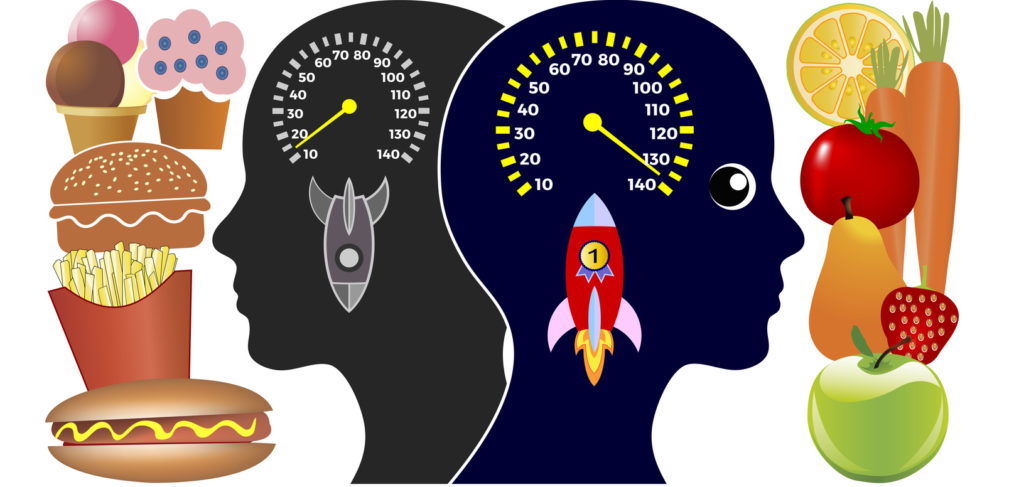
10 Steps to Balance your Blood Sugar
10 Ways to Balance Your Blood Sugar
By Chantelle van der Weyden
Do you ever feel “hangry” (hungry-angry) or dizzy and faint if you miss your next meal by a half hour? Do you find yourself reaching for a 3pm sugar-laced pick me up, or are you simply hungry all the time? This might mean you have problems with balancing your blood sugar.
What is blood sugar?
Blood sugar is exactly as it sounds – the amount of sugar in our blood. The human body runs on two fuel sources – glucose (a simple/single sugar) and fat. There is a small amount of glucose in our blood at all times. We don’t generally eat straight glucose; it comes from the breakdown of carbohydrates. When we eat carbohydrates our blood sugar begins to gently rise. This triggers our pancreas to secrete the hormone insulin. Insulin takes the glucose from our blood and transports it to our liver, muscle and fat cells where it is either used for energy of stored for later use. In a healthy person insulin ensures that our blood sugar does not reach too high a level, even when eating a carbohydrate rich meal.
Blood sugar dysfunction
There are two extremes of blood sugar dysfunction:
- Insulin resistance: in some circumstances the cells of the liver, muscles and fat no longer respond to insulin – they become resistant – and this means that glucose remains in the blood. The body continues to recognise these high blood sugar levels and continues to secrete insulin in an effort to bring blood sugar levels down. Eventually the body tires and the cells of the pancreas become damaged. So now insulin production decreases, and our cells no longer respond to the little insulin that is available, leading to extremely high blood sugar levels and type 2 diabetes. There are a number of causes of insulin resistance – obesity and increased fat around your tummy, excess sugar consumption, inflammation, lack of exercise and an imbalanced gut microbiome are some of the big ones.
- Hypoglycaemia: typically presents as fluctuating blood sugar levels, with surges of insulin. In a healthy individual the body will respond to low blood sugar by producing cortisol, which acts to increase blood sugar. Those with hypoglycaemia rely on adrenaline to elevate blood sugar between meals, which can cause symptoms such as shakiness, light-headedness, feeling “hangry”, and fatigue. These symptoms usually resolve after eating.
A nasty viscous cycle between blood sugar and cortisol (our stress hormone) exists.
- Elevated blood sugar increases insulin, which increases cortisol, which increases blood sugar.
- Consuming excess sugar/carbohydrates, very large meals or glycaemically imbalanced meals may cause this cycle to commence.
- Elevated cortisol as a result of physiological or psychological stress may also trigger this cycle.
Whether you’re insulin resistance, hypoglycaemic or just get a little hangry every now and then – the good news is you can balance your blood sugar with a few pretty simple lifestyle changes. In fact, insulin resistance is completely reversible if you put the work in. How so you ask…
- Ensure every meal is glycaemically balanced: each meal should be made up of an abundance of fibrous and green vegetables and a balance of protein, fat, and a small amount of carbohydrate.
- Replace refined carbohydrates with complex carbohydrates: carbohydrates are not the enemy, rather it’s a matter of choosing the right ones and balancing them correctly. Complex carbohydrates are full of fibre so take longer to digest. This prevents blood sugar from spiking (and crashing). Complex carbohydrates include whole grains (brown rice, quinoa, oats, buckwheat), starchy vegetables and legumes.
- Exercise: both cardio and resistance training has been shown to improve insulin sensitivity; and can have almost immediate effects1,2.
- Don’t fear fat: like complex carbs, fat takes longer to digest and when consumed with carbohydrates they slow down the absorption of any sugars. Fats also don’t cause insulin levels to spike. If you know you crave sugar at 3pm it can be helpful to make sure you’re including lots of healthy fats at lunch time (or if supper is your weakness, include lots of fats at dinner). Healthy fats include avocado, nuts and seeds and their butters, olive oil.
- Watch your caffeine intake: caffeine causes an increase in cortisol and adrenalin levels, both of which spike blood sugar levels. Ensure you’re keeping your coffee to one a day and try having it with a protein and fat source.
- Manage stress levels: stress increases cortisol levels, which contributes to increases levels of insulin. Exercise, meditation and yoga are all wonderful for reducing stress.
- Sleep: sleep is essential for hormone balance, and studies show that poor quality sleep3 or sleeping less than 6 hours a night can increase insulin resistance4.
- Reduce alcohol intake: alcohol can increase blood sugar in some, while cause low blood sugar in others. Alcohol also increases cortisol over time, which increases insulin production.
- Talk to your naturopath about supplementation: there are some wonderful supplements and herbs that help balance blood sugar including chromium, cinnamon, magnesium, fish oil and gymnema.
- Lose any excess weight: if you are overweight and/or carrying it around your tummy work toward a more healthy body weight. Weigh tloss is also something I’d love to help you with!
Written by WSW Naturopath/Nutritionist Chantelle van der Weyden
To book a session with Chantelle go to our Bookings page


